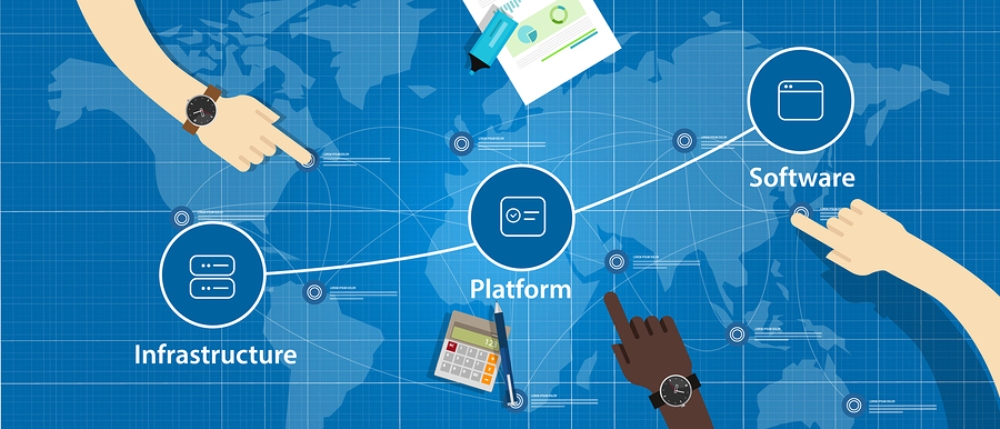
We’re experiencing an era of great transformation. Workspaces are becoming more agile. And there’s an acute need for truly unified communications.
Team-oriented productivity applications as diverse as office productivity suites, CRMs, and creative design tools now come bundled with messaging, video conferencing, collaborative document sharing, and dozens of other business apps.
We talk a lot about these trends from business productivity and technology standpoints. What we don’t hear much about, however, are what these trends mean from a tax and regulatory perspective.
Once a software suite expands to include voice, there’s the potential that a critical tax and regulatory line will be crossed. The addition of voice is (correctly) viewed as a great product enhancement, but it can also open the door to a new world of communications regulations and requirements.
Companies accustomed to dealing primarily with sales tax may be shocked by the complexity that communications taxes bring into the equation. Once the barrier of communications taxes is breached, there’s a new battlefield of determinations, calculations, forms, and filings to contend with — whether the business is fully prepared or not.
However, despite the complex nature of communications taxation, a little knowledge can go a long way in ensuring products remain both competitive and compliant. If your company is going through a period of exciting expansions, that’s a good indicator that it’s time to take a step back and answer the critical question: Are you sure you’re prepared from a compliance perspective?
Breaching the Barrier of Communications Taxation
Difficulties in determining tax and regulatory obligations usually begin with the very definition of UC. Despite the ubiquity of this all-encompassing term, in reality unified communications can be difficult to consistently characterize. What exactly does UC represent? How does it get taxed?
While no two UC products are exactly the same, most serve as peer-to-peer collaboration tools that bring text, data storage, file shares, web conferencing, and more under one unified, usually cloud-based, umbrella. The “peer-to-peer” distinction is an important one from a tax and regulatory perspective, because it often determines whether a service falls within the purview of state laws and federal obligations.
Understanding when a service crosses into the domain of communications taxation is the real key to compliance.
Untangling the Complexity
Making sense of it all comes down to answering a core question: Is your product an information service or a communications service?
The former tends to be taxed by sales and use tax at most. The latter adds communications taxes and regulations, which is why it’s so important to get your tax team involved at the outset of each new innovation.
For example, consider videoconferencing. Some tax experts might assume that, because this service often leverages peer-to-peer non-interconnected VoIP, there’s no need to be concerned with state and local taxes or federal contribution requirements such as the Universal Service Fund. But what happens when a user is able to complete calls to the public switched telephone network? In these situations, the tax treatments could be drastically different. That’s because once a VoIP service is considered interconnected, several Federal Communications Commission regulations and complex requirements can come into play.
Similarly, something as simple as a text message delivered within a UC solution can become a highly complex web of taxes and fees depending on how that message is delivered.
These are just two examples of any number of tax implications that can surface as a result of VoIP-related offerings with a unified suite of solutions.
Bottom line: With the pace at which upgrades are released, it’s often easier to add features than it is to ensure they’re compliant with state requirements and federal regulations. By getting into the habit of assessing voice enhancements under the lens of communications taxation, it’s possible to move forward with confidence.
About the Author: Toby Bargar is an attorney and senior tax consultant at Avalara for Communications (https://communications.avalara.com).
Edited by
Mandi Nowitz





